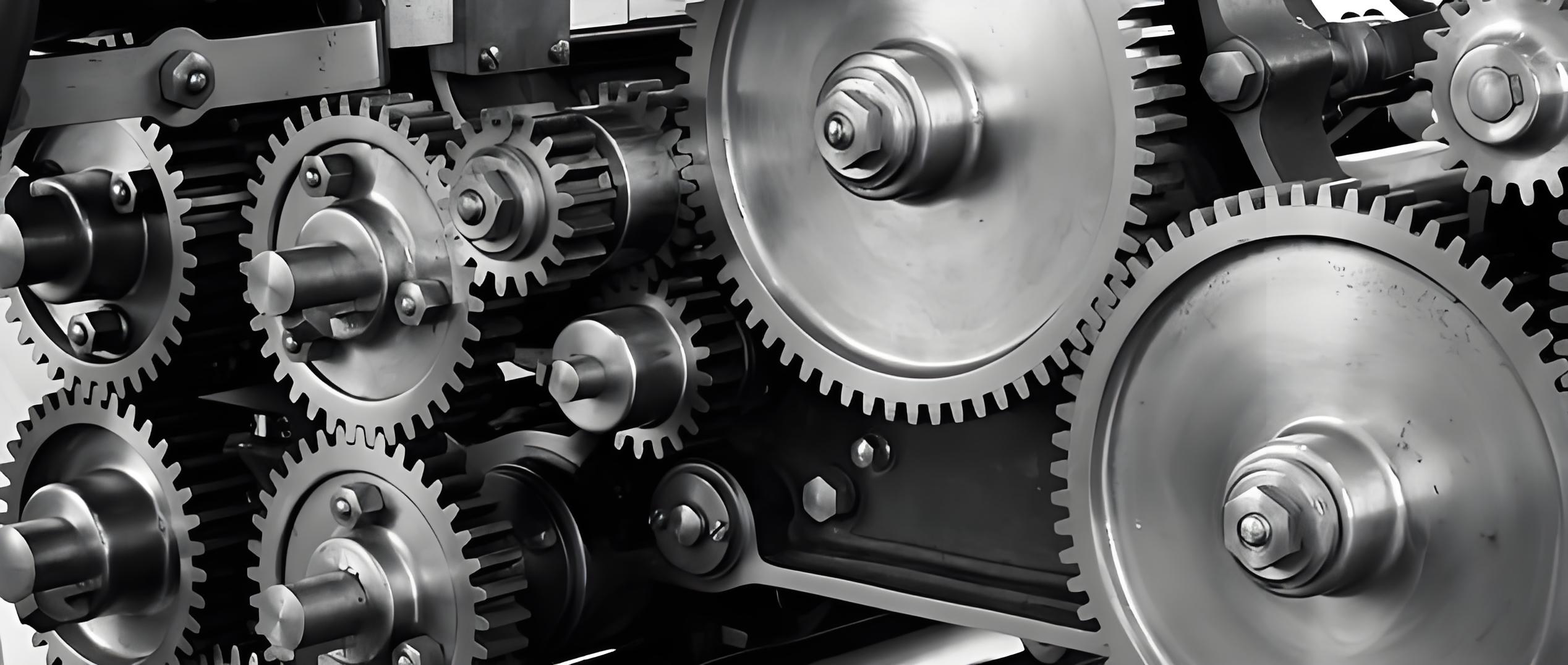Spur gear is one of the most fundamental and commonly used types of gears in machinery. They have straight teeth and are mounted on parallel shafts. The simplicity of their design makes spur gear highly efficient and easy to manufacture, which is why they are used in a wide variety of applications, from clocks to automotive transmissions. Over the years, spur gear manufacturing has seen numerous innovations, driven by the need for higher precision, better material utilization, and improved performance. This article explores some of the latest techniques and technologies in spur gear manufacturing.

Advanced Materials for Spur Gear
The choice of material is crucial in spur gear manufacturing, as it affects the gear’s strength, durability, and performance. Recent innovations have introduced advanced materials that offer superior properties compared to traditional materials like steel and cast iron.
1. Composite Materials: Composite materials, such as carbon fiber-reinforced polymers, are being increasingly used for spur gear due to their high strength-to-weight ratio and excellent fatigue resistance.
2. Advanced Alloys: New alloys, including high-strength steels and aluminum alloys, provide enhanced durability and wear resistance, making them ideal for high-load applications.
3. Sintered Metals: Powder metallurgy techniques have enabled the production of sintered metal gears, which offer uniformity in material properties and can be manufactured to precise dimensions.
Table 1: Comparison of Spur Gear Materials
| Material | Strength-to-Weight Ratio | Fatigue Resistance | Wear Resistance | Application Examples |
|---|---|---|---|---|
| Carbon Fiber-Reinforced Polymer | High | Excellent | Good | Aerospace, Automotive |
| High-Strength Steel | Moderate | High | Excellent | Heavy Machinery, Industrial Equipment |
| Aluminum Alloys | High | Moderate | Good | Automotive, Consumer Electronics |
| Sintered Metals | Moderate | High | Very Good | Precision Instruments, Small Engines |
Precision Manufacturing Techniques
Precision is critical in spur gear manufacturing, as even minor deviations can lead to significant performance issues. Several advanced manufacturing techniques have been developed to achieve higher precision in spur gear production.
1. CNC Machining: Computer Numerical Control (CNC) machining has revolutionized spur gear manufacturing by allowing for extremely precise cutting and shaping of gears. CNC machines can produce gears with tight tolerances and complex geometries.
2. Gear Hobbing: Gear hobbing is a versatile and efficient method for spur gear production. Recent advancements in hobbing technology, such as multi-axis hobbing machines, have improved the accuracy and speed of gear production.
3. Additive Manufacturing: Additive manufacturing, or 3D printing, is an emerging technology in spur gear production. It allows for the creation of complex gear shapes that would be difficult or impossible to achieve with traditional manufacturing methods.
Table 2: Precision Manufacturing Techniques
| Technique | Precision Level | Speed | Complexity Handling | Cost | Application Examples |
|---|---|---|---|---|---|
| CNC Machining | Very High | Moderate | High | High | Aerospace, Automotive |
| Gear Hobbing | High | Fast | Moderate | Moderate | Industrial Machinery, Robotics |
| Additive Manufacturing | High | Slow | Very High | Variable | Prototyping, Custom Gears |
Surface Finishing and Coating Technologies
The surface finish and coating of spur gear play a significant role in their performance, especially in terms of wear resistance and noise reduction. Recent innovations in surface finishing and coating technologies have enhanced the durability and efficiency of spur gear.
1. Superfinishing: Superfinishing is a surface finishing technique that produces an extremely smooth surface on gear teeth, reducing friction and wear. This process is particularly beneficial for high-speed and high-load applications.
2. Hard Coatings: Applying hard coatings, such as titanium nitride or diamond-like carbon, to spur gear surfaces can significantly improve their wear resistance and lifespan. These coatings are especially useful in harsh operating conditions.
3. Cryogenic Treatment: Cryogenic treatment involves cooling the gear to extremely low temperatures to improve its hardness and resistance to wear. This process can enhance the overall durability of spur gear.
List: Benefits of Surface Finishing and Coating Technologies
- Reduced Friction: Superfinishing and hard coatings minimize friction between gear teeth, improving efficiency and reducing energy consumption.
- Increased Wear Resistance: Hard coatings and cryogenic treatment significantly enhance the wear resistance of spur gear, extending their operational life.
- Improved Noise Reduction: Superfinishing techniques help to reduce gear noise, which is especially important in applications where quiet operation is critical.
- Enhanced Durability: The overall durability of spur gear is improved through advanced surface finishing and coating technologies, leading to longer maintenance intervals and reduced downtime.
Table 3: Surface Finishing and Coating Technologies
| Technology | Primary Benefit | Typical Application | Cost | Durability Improvement |
|---|---|---|---|---|
| Superfinishing | Reduced Friction | High-Speed, High-Load Gears | Moderate | High |
| Hard Coatings | Increased Wear Resistance | Harsh Operating Conditions | High | Very High |
| Cryogenic Treatment | Enhanced Hardness | Heavy Machinery, Industrial Gears | Moderate | High |
Conclusion
The innovations in spur gear manufacturing have significantly enhanced the performance, precision, and durability of these essential mechanical components. From the use of advanced materials to precision manufacturing techniques and surface finishing technologies, each advancement contributes to the creation of superior spur gear that meet the demanding requirements of modern applications. As technology continues to evolve, further innovations in spur gear manufacturing are expected, driving even greater efficiencies and capabilities in machinery across various industries.
